One way to save coral reefs? Deep freeze them for the future – NPR
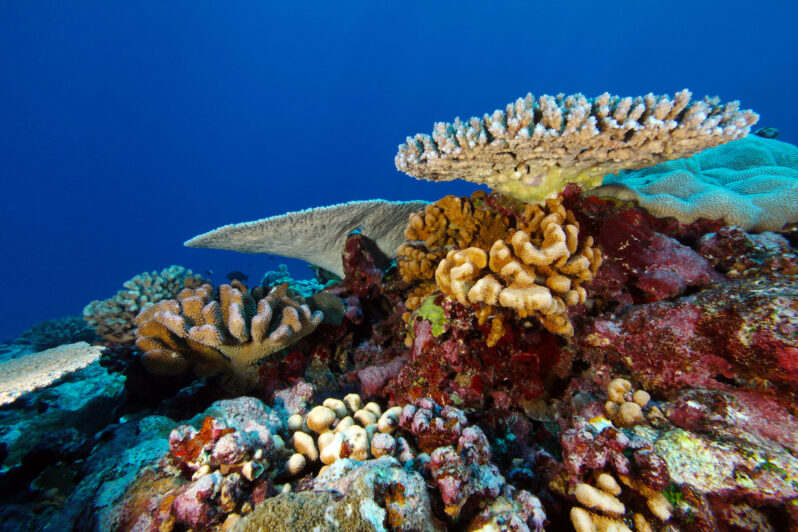
Ocean temperatures have been extremely hot this summer, wreaking havoc on some of the world’s highly vulnerable coral reefs. With marine heat waves only expected to get worse as the climate changes, scientists are increasingly focusing on an emergency plan: collecting coral specimens and safeguarding them onshore….
Alarming’ scale of marine sand dredging laid bare by new data platform – the Guardian
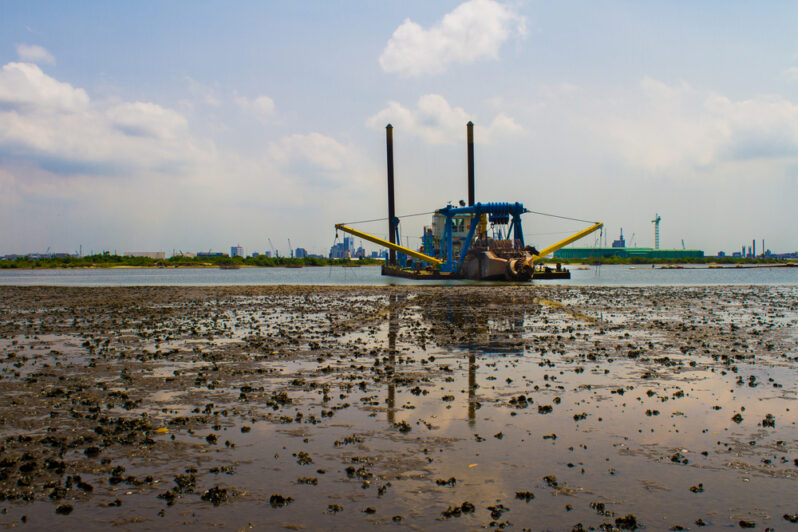
One million lorries of sand a day are being extracted from the world’s oceans, posing a “significant” threat to marine life and coastal communities facing rising sea levels and storms, according to the first-ever global data platform to monitor the industry….
6 billion tonnes of sand taken annually from oceans, causing irreparable damage to benthic life – Down to Earth
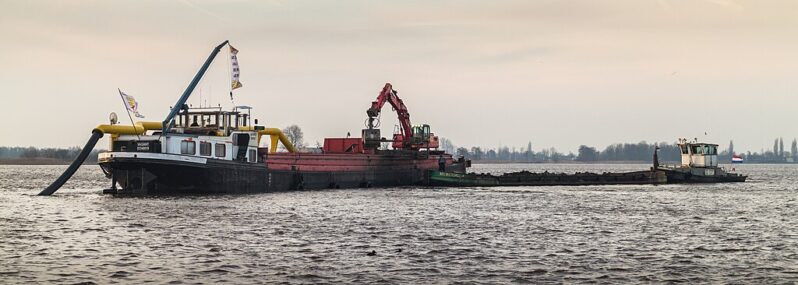
Some six billion tonnes of sand is being extracted annually from the floor of the world’s oceans, causing irreparable damage to benthic life, according to a new global data platform on sand and other sediment extraction in the marine environment.
The new data platform, Marine Sand Watch, has been developed by GRID-Geneva, a Centre for Analytics within the UN Environment Programme (UNEP). It is available at: https://unepgrid.ch/en/marinesandwatch…
Sand mining is a huge problem, a new global map shows – the Verge
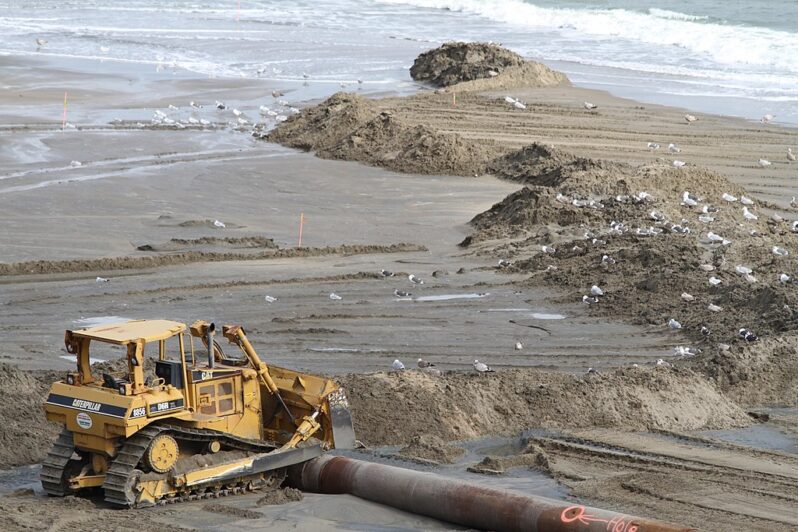
People are dredging an alarming amount of sand from the seafloor, the United Nations Environment Programme (UNEP) warned today. An average of 6 billion tons of sand are taken from marine environments every year, according to a new global data platform from UNEP….
Where does beach sand come from? – the Conversation

Question from Sly M., age 6, Cambridge, Massachusetts…
There’s more to beach sand than meets the eye. It has stories to tell about the land, and an epic journey to the sea. That’s because mountains end their lives as sand on beaches….
The overwhelming plastic waste Hawaii visitors leave behind – SFGATE
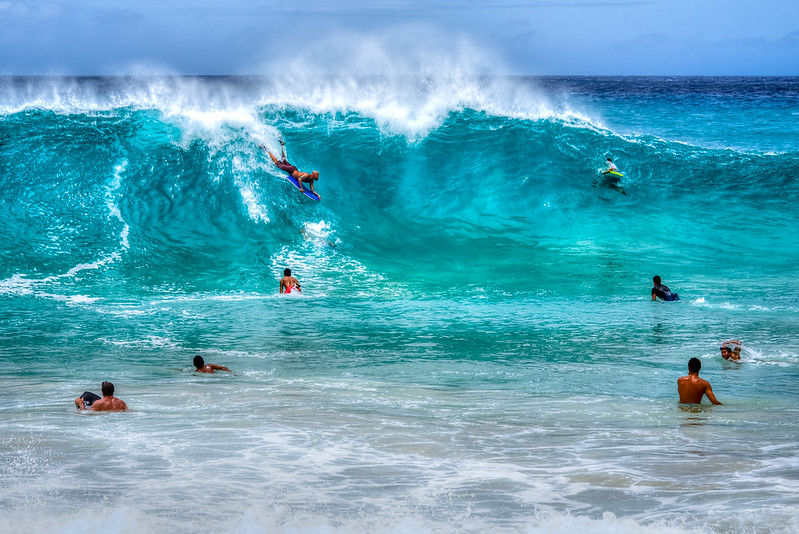
Plastics like in-room toiletries provided by resorts, plus to-go containers and cutlery provided by restaurants, are used and discarded by guests day after day. A single hotel chain can use hundreds of millions of little bottles of shampoo and conditioner every year.
When visitors leave, a lot of these items end up in the trash, yet Hawaii doesn’t have the infrastructure to recycle the immense amount of plastic left behind…
Hip hop has been a climate voice for 50 years. Why haven’t more people noticed? – Grist Magazine

“People have spent time bobbing their heads to our stories of this despair and not seeing it as a call to action…”
Hip hop’s relationship to the environment, both in terms of lyrics and political activism, goes back to its very beginning, when smoke from apartment fires blackened the skies of the 1970s South Bronx. And yet its role in advocating for climate solutions has largely gone unnoticed…
Hurricane Idalia’s Explosive Power Comes from Abnormally Hot Oceans – the New Yorker
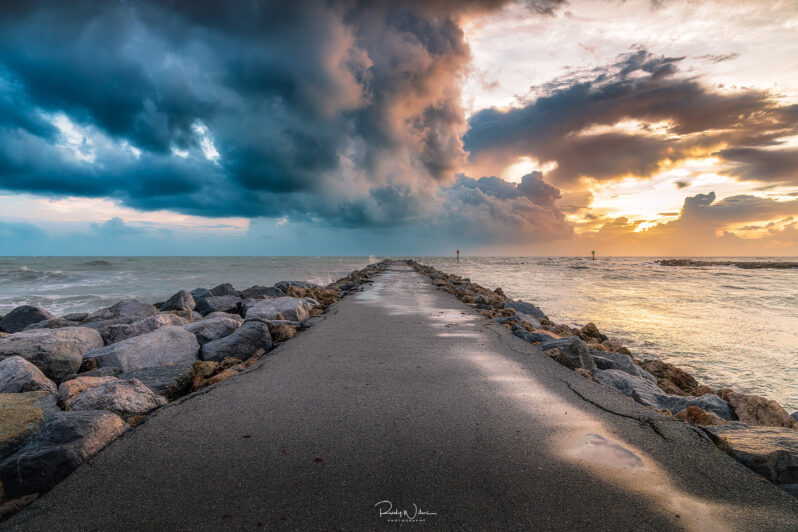
Of all the astonishing facts about our blithe remaking of the world’s climate system, the most astonishing might be this: if oceans didn’t cover seventy per cent of our planet, we would have increased the average temperature to about a hundred and twenty-two degrees Fahrenheit. That’s because those oceans have absorbed something like ninety-three per cent of the extra heat trapped by the greenhouse effect and our burning of fossil fuels…
How sea level rise made Idalia’s storm surge worse – the Washington Post
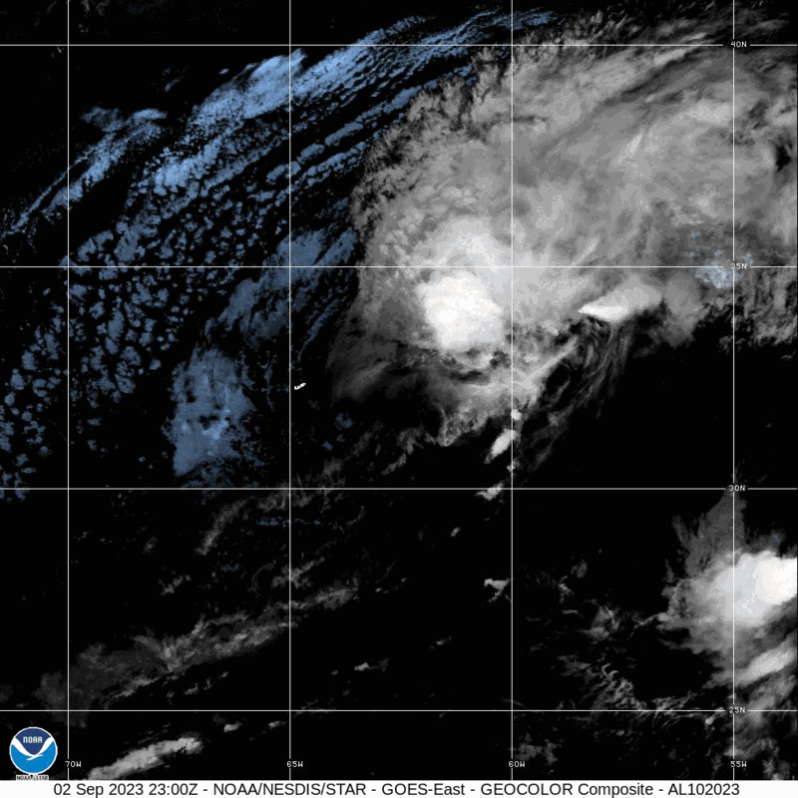
In mid-November 2021, a great storm begins brewing in the central Pacific Ocean north of Hawai‘i. Especially warm water, heated by the sun, steams off the sea surface and funnels into the sky.
A tendril of this floating moisture sweeps eastward across the ocean. It rides the winds for a day until it reaches the coasts of British Columbia and Washington State. There, the storm hits air turbulence, which pushes it into position—straight over British Columbia’s Fraser River valley….
